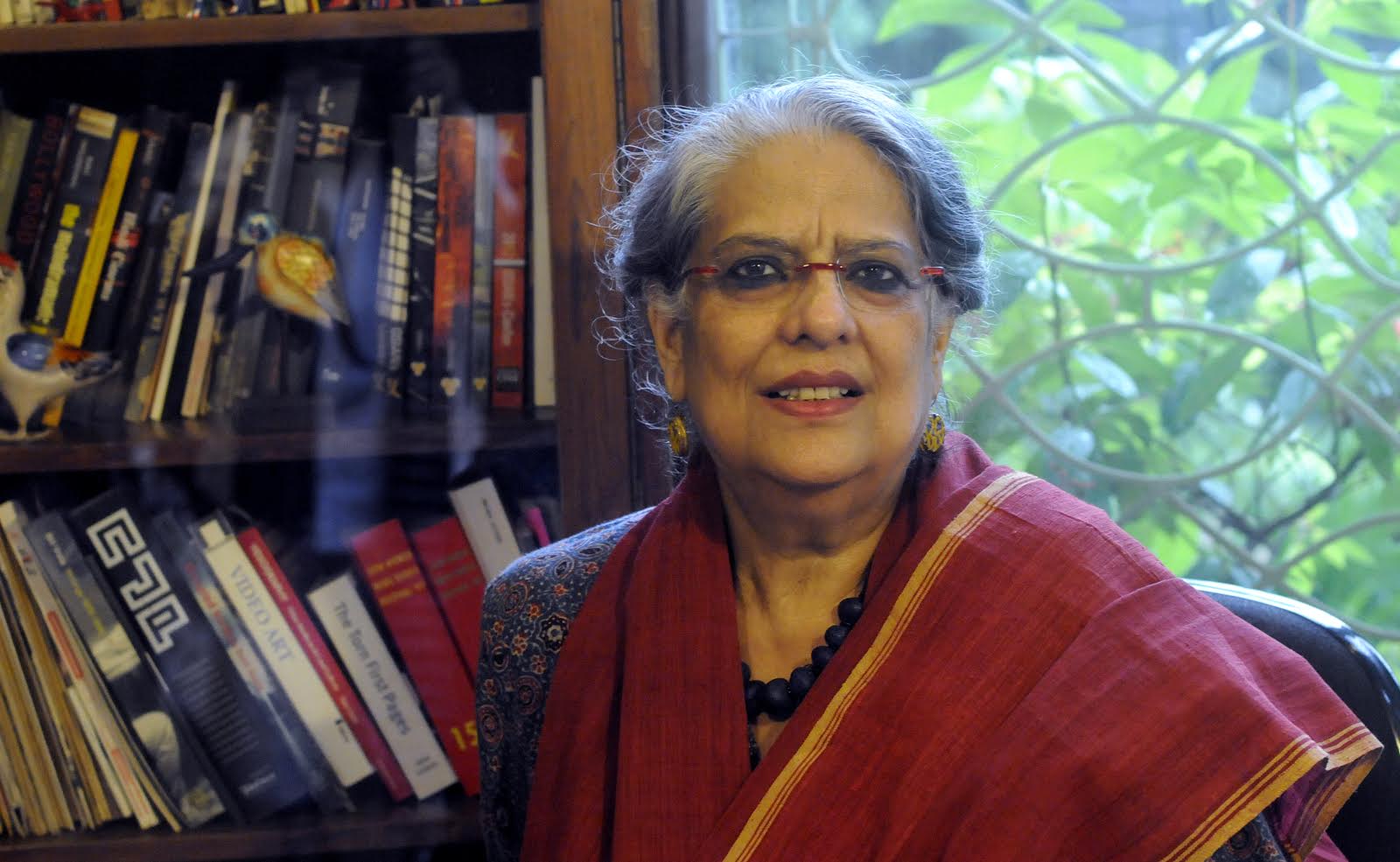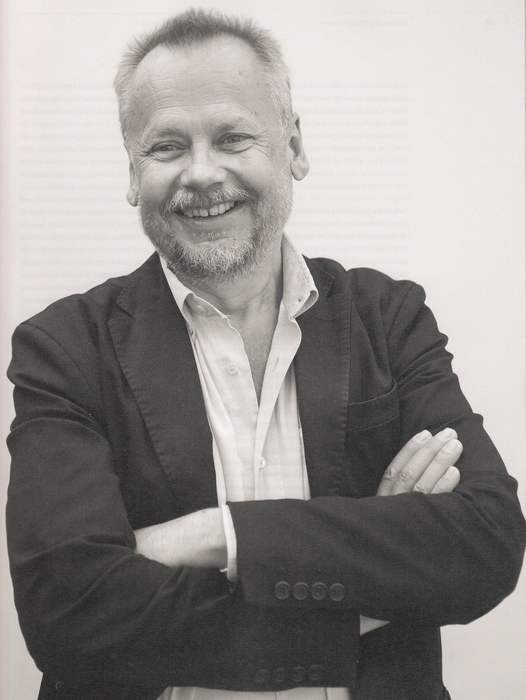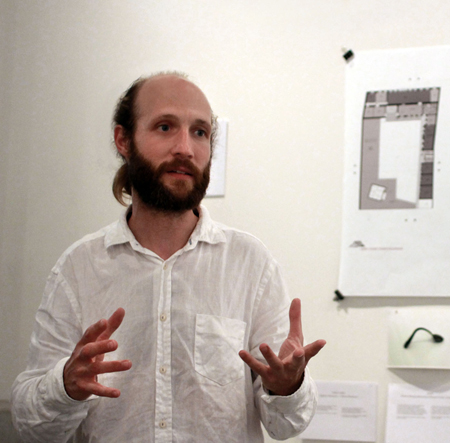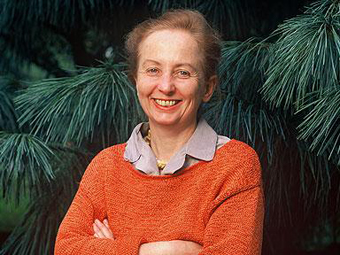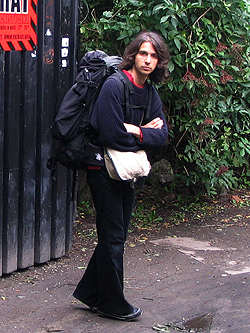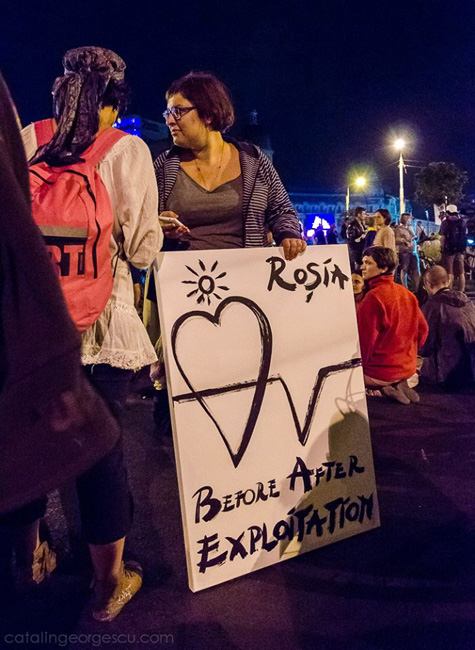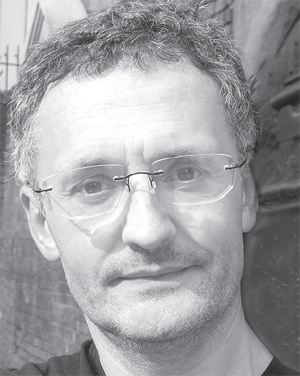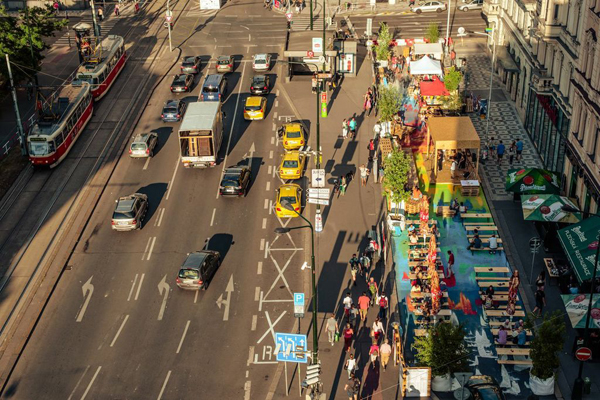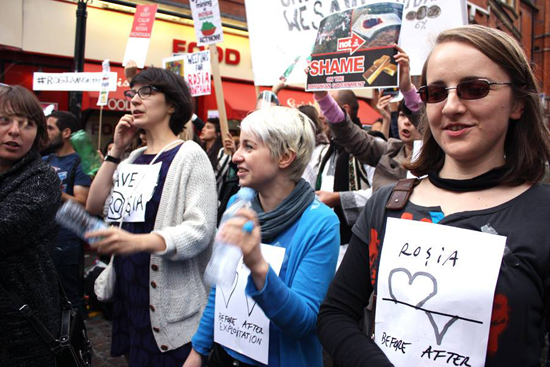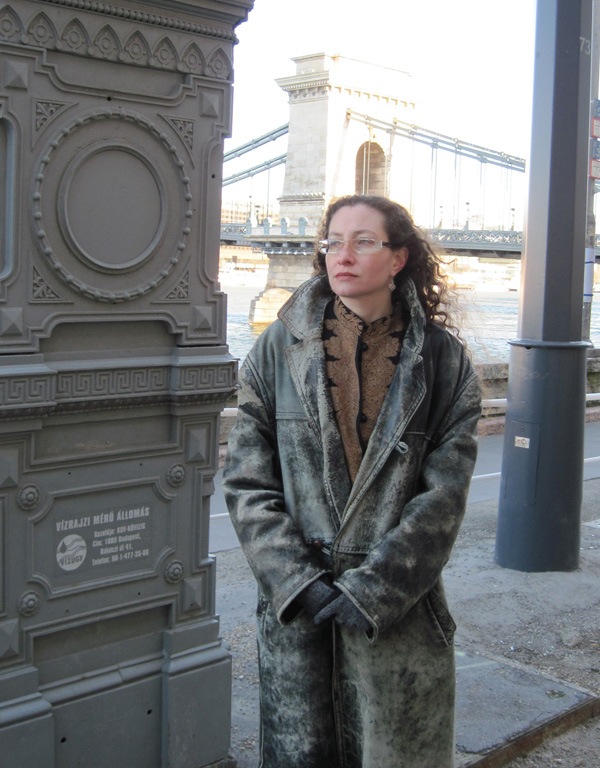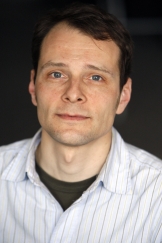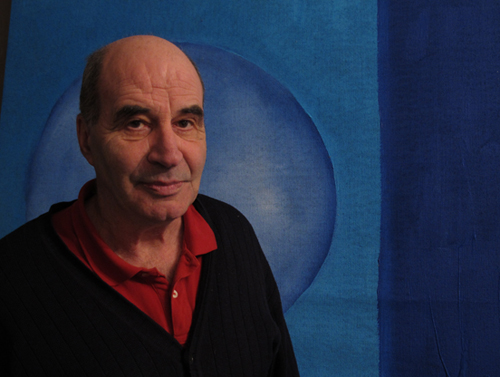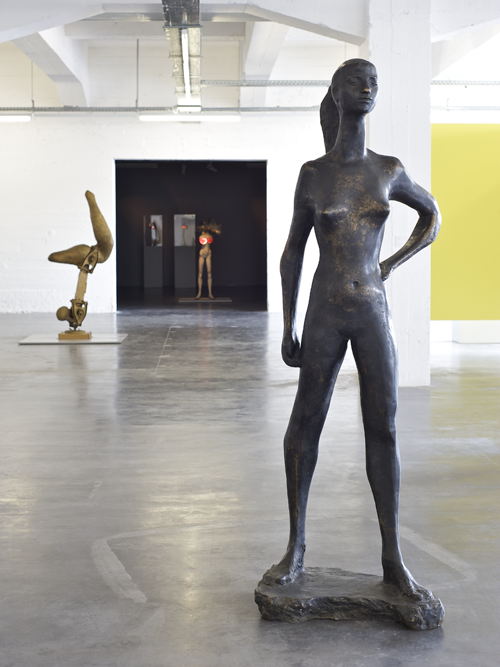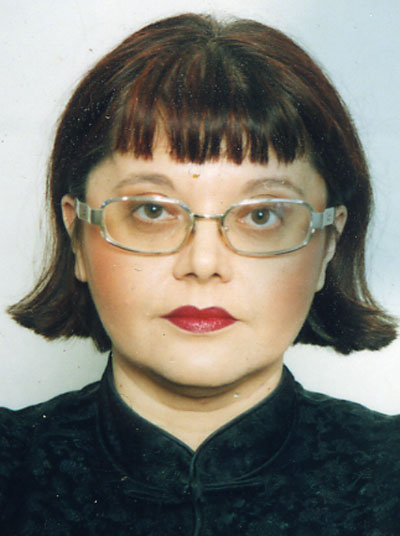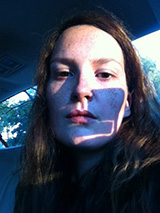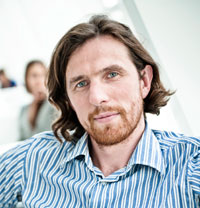To be Partisan, Unsettled, and Alert: Conversation with Geeta Kapur
Preface written by Geeta Kapoor (New Delhi)
This interview, conducted as part of a book project on Marx in Malayalam, is strongly contextual. The southern state of Kerala has the distinction of being the site for the first elected Communist ministry in the world. This was in 1957. The subsequent dismissal of the Communists remains a stain on the otherwise progressive politics of then prime minister Jawaharlal Nehru. Generations of political activists in Kerala have tested the full spectrum of radical politics including elected governments and extreme left-wing positions that call for direct (revolutionary) action. Kerala intellectuals and artists are … Read more

